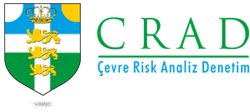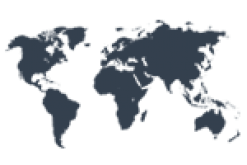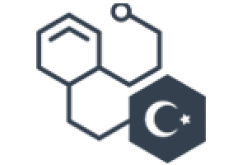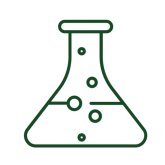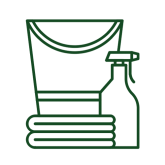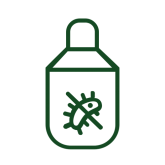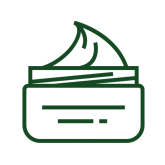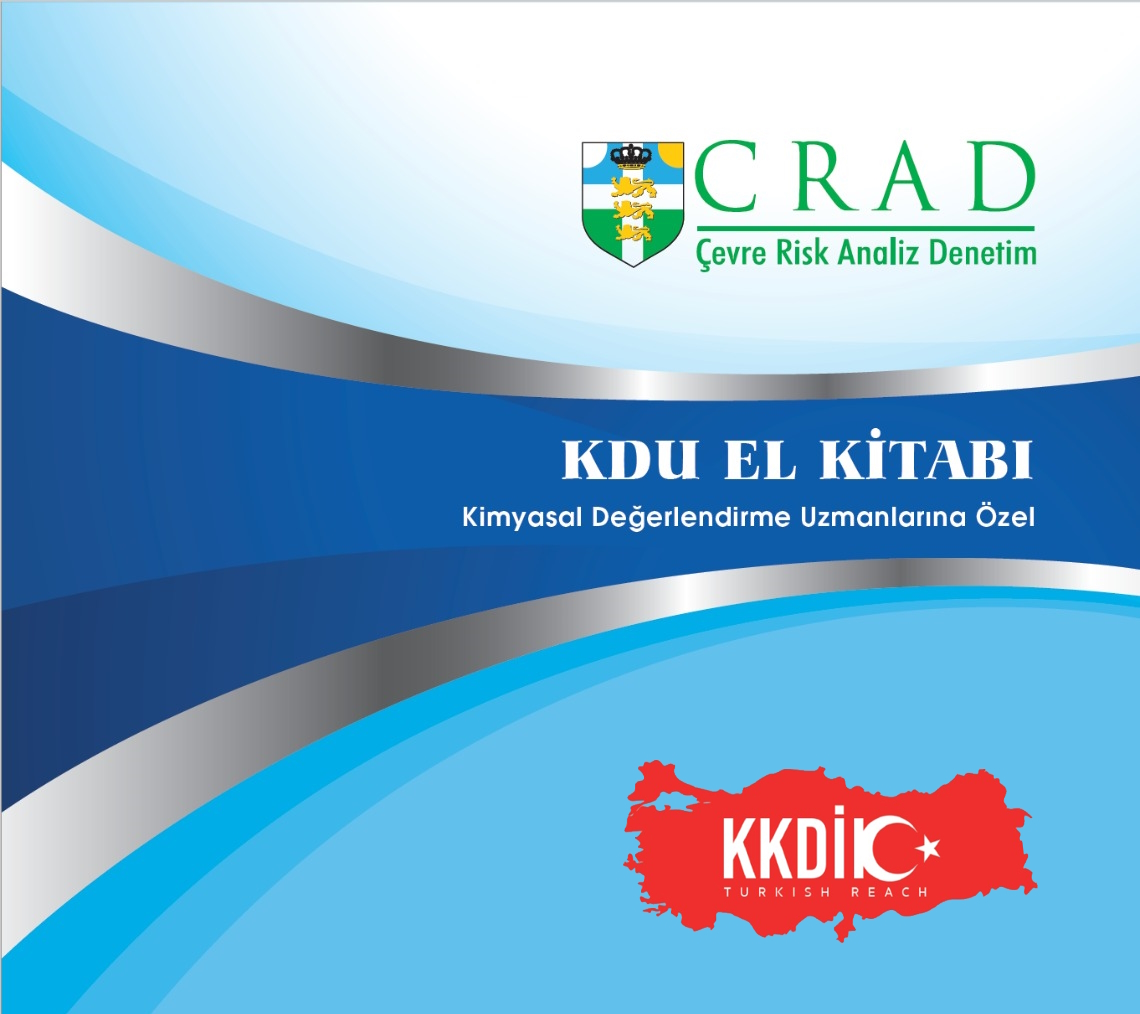CRAD JUNE 2014 NEWSLETTER
TURKISH SEA REGULATION
The purpose of the Regulation
Turkish CLP numbered 28848 SEA, like the DSD and DPD numbered 27092 , aims to identify hazardous properties of chemical substances and mixtures so that users can undertake a risk assessment appropriate to how they use the substance or mixture.
Hazards are generally grouped into three types:
* physical hazards ( ability to explode, burn or react with other chemicals)
* health hazards ( acute or chronic hazards)
* environmental hazards (short or long term)
Implementation of Turkish SEA 28848
Classification and Labelling according to the new regulation for substances will be obligatory as of 1st of June 2015 and for mixtures the CLP Classification and Labelling criteria obligation will apply as of 1st of June 2016.
As a general principle and similar to EU CLP, a two-year transition period for the products that were placed on the market prior to that date, will apply to prevent are labelling.
Differences
There are some differences in the hazard classification system used in 28848 SEA compared to the previous classification system, which was set out in the dangerous substances directive (DSD) and the dangerous
preparations directive (DPD) (27092). Under the DSD/ DPD system, dangerous substances and mixtures are allocated to 15 hazards classes and their associated risk phrases. Under CLP, hazardous substances and mixtures are allocated to 27 hazard classes, which are further subdivided into numbered divisions or categories, with the lowest numbers representing the most severe hazards.
There are also some terminology changes between 27092 and 28848 as follows:
Preparations Mixtures
Dangerous Hazardous
Symbols Pictograms
Risk phrases Hazard statements
Safety phrases Precautionary statements
GENERAL LABELLING PRINCIPLES OF TURKISH CLP-SEA
The Turkish CLP Regulation sets the rules for classification, labelling and packaging of substances and mixtures.
As a general rule, CLP labels have to be fixed on the surface of the packages which contains the substance or mixture and the packaging must be read horizontally. The labeling elements, especially hazard pictograms should be clear from the background and label details should be written clearly and ineffaceably. In addition, all labelling elements have to be appropriate size and ranges.
Under the Turkish CLP Regulation, these contents that are mentioned below have to be indicated on the label:
* Identification and communication information of the supplier:
The name, address and telephone number of the supplier.
* The nominal quantity of the substance or mixture :
If the quantity of product is mentioned on the package, it is not necessary yo mention this information on the label.
* Product identifier:
The label includes identification of substance or/mixture with details. Identity of substance or/mixture have to be same with the terms of SDS of product that is prepared based onTurkish SDS Regulation. Identity of substance have to include name within the Appendix A--The Harmonized Calssification & Labelling For Some Hazardous Subtances, EC Number or CAS Number,name with in the Inventory of Classification & Labelling, IUPAC name, international name and/or commercial name that as mentioned in the Turkish CLP Regulation.
* Hazard pictograms:
The label includes pictogram(s) to provide necessary information related to hazard of product.
These pictograms are mentioned from the tables that are related to each hazardous classification.
* Signal word(s)
The label includes signal word(s) interested to the classification of hazardous substance or mixture. These words are mentioned from the tables that are related to each hazardous classification.
If the word of “Dangerous” is used on the label, the word of “Warning” can not used.
* Hazard statement(s)
The label includes hazard statement(s) interested to the classification of hazardous substance or mixture. These statements are mentioned from the tables that are related to each hazardous classification.
* Precautionary statements
The label includes the relevant precautionary statements on the label. These statements are chosen from the tables that are related to each hazardous classification
* Supplemental information
These information have to be placed on the label as clearly and indelible. In addition, the size and space between these information have to be arranged to be easily readable. If the label information are located according to the mentioned rules in the regulation, any additional label is not necessary to be placed on the package.
Furthermore, the color and the design of the label have to be suitable to be easily recognized of Hazard pictograms. In addition, the size and color of these pictograms and size of the label have to be compatible with each other.
Exceptions of Labelling for Special Circumtances
Special clauses are about labelling of some special mixtures and substances are mentioned with details. These special substances and mixtures are:
* Transportable gas tubes
* Gas tubes used for propane, butane and liqufied petroleum gas
* Aerosols and containers that contain harmful substances or mixtures which are effective by inhalation and equipped with sprayings.
* Metals in lump form, alloys, mixtures that contain polymers and elastomer materials
* Explosive substances that are on the market to obtain explosive or pyrotechnic effect
The labels of the harmful substances and mixtures which are placed on market in Turkey are prepared in Turkish. However, suppliers may use more languages on their labels than Turkish, on condition that the same details appear in all languages used.
In the case of any change on the classification and labelling resulting a more sewere hazard, the label have to be updated without any delay. Other new information on the label should be updated within 18 months.
